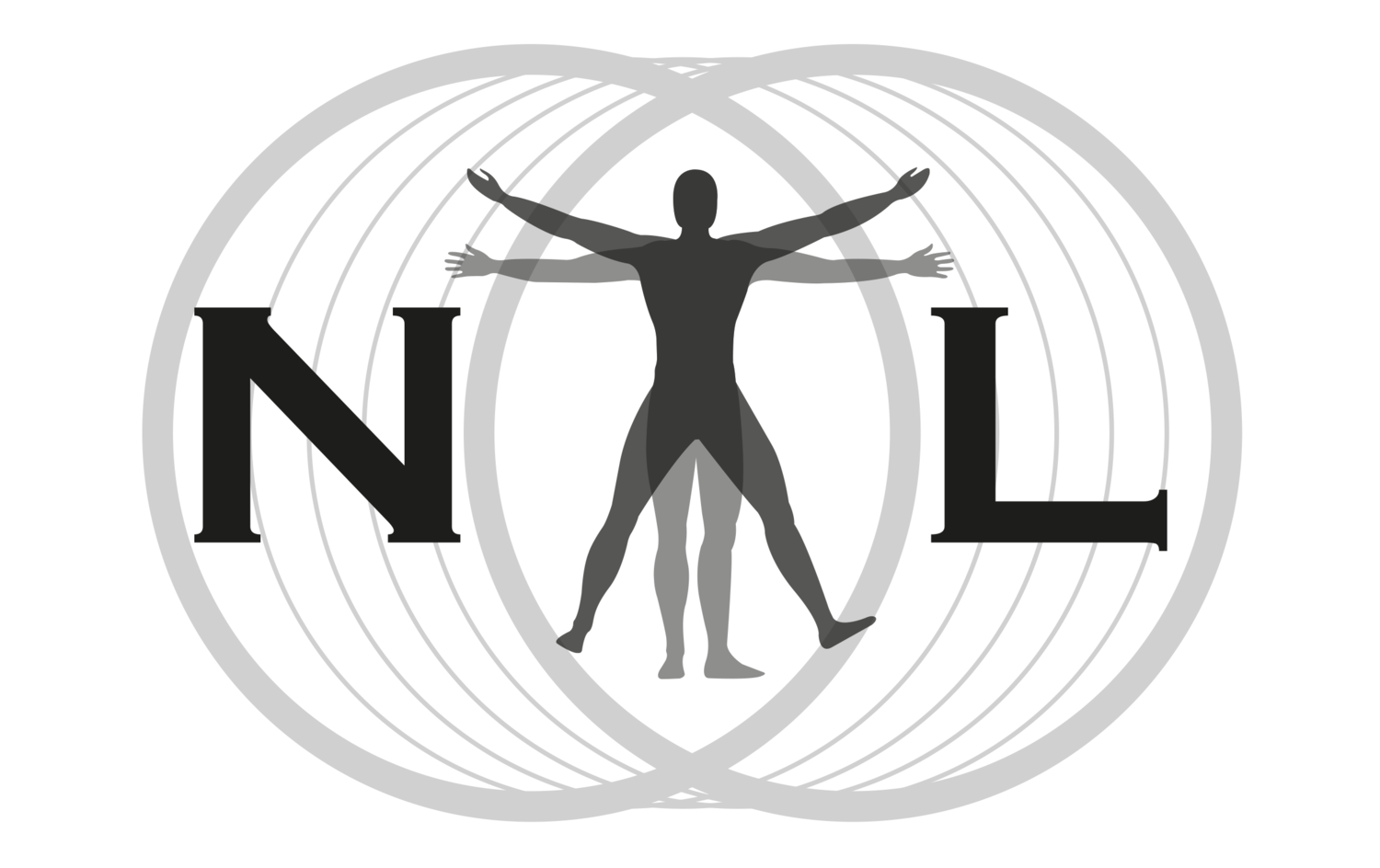Lymphoedema
Lymphedema is a chronic condition characterized by swelling due to the accumulation of lymph fluid in the body's tissues. It occurs when the lymphatic system, which is responsible for draining excess fluid and fighting infections, is impaired. There are two main types of lymphedema: primary and secondary.
Primary lymphoedema usually develops from birth, and arises due to a developmental issue of the lymphatic system.
Secondary lymphoedema can develop at any point in life, due to damage or obstruction to an otherwise previously healthy lymphatic system. Examples are surgeries, especially if lymph nodes are removed during cancer treatment. Other examples are trauma, injury, or infection. It can develop due to venous issues, immobility or obesity.
Lymphoedema is managed by Manual Lymphatic Drainage (MLD), compression, exercise and skin care.
I am an MLDUK registered DLT therapist, and a member of the British Lymphology Association. This means I am a certified, and insured Lymphoedema practitioner.
I use MLD, to help people with managing the swelling that comes because of this condition. If I can help you, please get in touch, or use the booking form, completing the Lymphoedema form.
Lipoedema
What is it?
Lipoedema is a long-term condition affecting the body's connective and fat tissues, predominantly observed in women.
The disorder is characterized by an unusual and symmetrical accumulation of fat, primarily in the lower body regions such as the hips, buttocks, and legs, though it can sometimes affect the arms as well.
It leads to a disproportionate body shape, as the affected areas grow out of proportion to the rest of the body. The fat deposits in lipoedema differ from typical body fat in composition and behaviour. As a result, the skin covering these areas often develops an irregular, bumpy texture. The development typically begins during periods of hormonal change in women, such as puberty, pregnancy and menopause. Researchers believe there is a genetic inherited condition, and further exploration in to this link is ongoing.
People with lipoedema frequently experience sensations of heaviness in the affected limbs, easy bruising, swelling, fatigue, and pain. These symptoms, combined with the physical changes, can significantly impact mobility and ability to perform everyday tasks.
Sometimes people feel low self esteem and embarrassment. They may have sought medical guidance, but have been told to ‘lose weight’, and left them feeling disheartened, because their weight loss has not worked. The truth is, it won’t work on lipoedema fat, because it simply does not react in the same way.
Treatment options are MLD, compression and surgery.
If I can help you with MLD and managing your Lipoedema, please get in touch, or via my booking form, using the Lipoedema form.
